We recently connected with Scott Gutentag and have shared our conversation below.
Scott, thanks for taking the time to share your stories with us today So let’s jump to your mission – what’s the backstory behind how you developed the mission that drives your brand?
My background and professional life helped me develop my mission for photography. I’ve been a licensed educational psychologist for over 30 years working with individuals with disabilities including intellectual disabilities, autism, genetic syndromes, and physical challenges. The goals were to assess their can-do abilities and challenges, while developing supports and strategies relative to their individual profile in order to help create as meaningful lives for them. The goals have always involved inclusion and individualizing life goals to who they are as people. I picked up my first camera when I was 10 years old and enjoyed observing the many things in our environments that tended to go unnoticed, and then captured them in photos. Photography has a rich history of telling stories involving elation, grief, trauma, unknowns, etc., which all bring the world alive. Photography educates and informs, which is why this medium is so meaningful to me. The power of photography involves psychology, capturing the human spirit, introducing folks to the many unknowns, and ways to remember what may have been lost to memory. My dad had developed dementia in his later years and he forgot much of his past except when looking at emotion-evoking images. In one case, it was our family picture from the 1980’s-the experience which he did not remember except for one incident. He would recall how the photographer just wanted one picture without our family dog, Melody, in it, but Melody kept walking into the picture to be with us, her family. So, we said to include her in the picture as she’s family. In a sense, this family image took the place of my dad’s lost memory. Regarding disabilities and photography, I’ve met many families who really wanted a respectful and memorable photo of their loved one with disabilities and talked about how stressful it could be to get the shot. They wanted to be able to show and share images of this family member just like any other family member without a disability, but it could be difficult. Also, there are some individuals with disabilities, especially the elderly, who don’t have professional portraits of themselves to fill their homes. So, years later, I decided to merge my career as a licensed educational psychologist and creative photography careers to specialize in photographing this community for the purposes of:
• Offering an experience to families they wouldn’t otherwise have or simply a fun experience they can reflect on for years.
* Practicing inclusive artistic portraiture so everyone can enjoy professional images in their home like anyone else.
• Telling their authentic stories and creating personal legacies for future generations.
• Providing individualized and comfortable sessions that suit the individual and their personal needs, rather than having them fit into a certain standard photography session.
• Educating the public about a sector of the human population that tends to go unseen, is misunderstood, and underrepresented.
• Producing images that evoke positive emotions, peaceful reflection, and fun memories for many years.
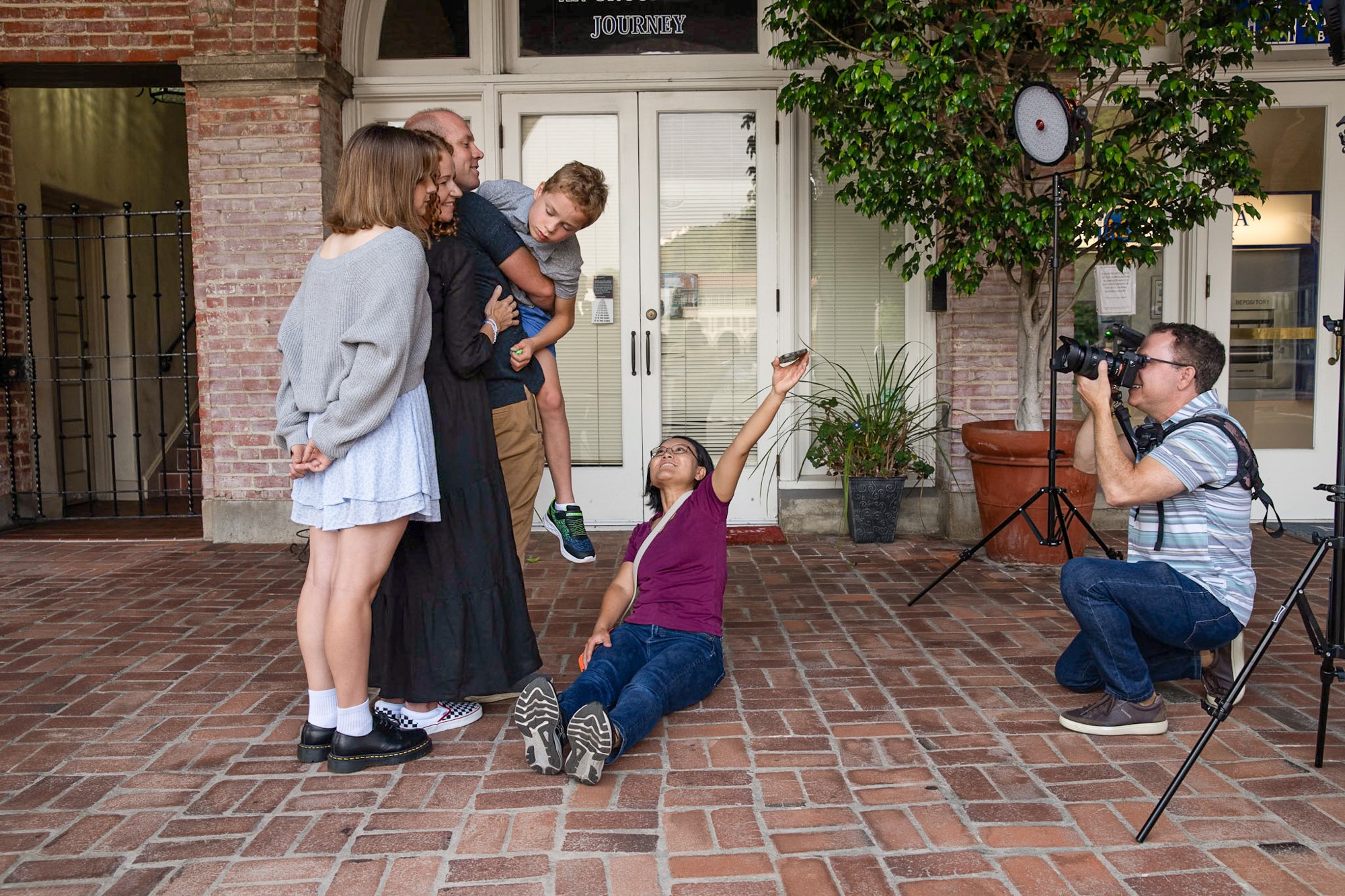
Scott, love having you share your insights with us. Before we ask you more questions, maybe you can take a moment to introduce yourself to our readers who might have missed our earlier conversations?
My mission and my bio are one of the same, as described in the first question.
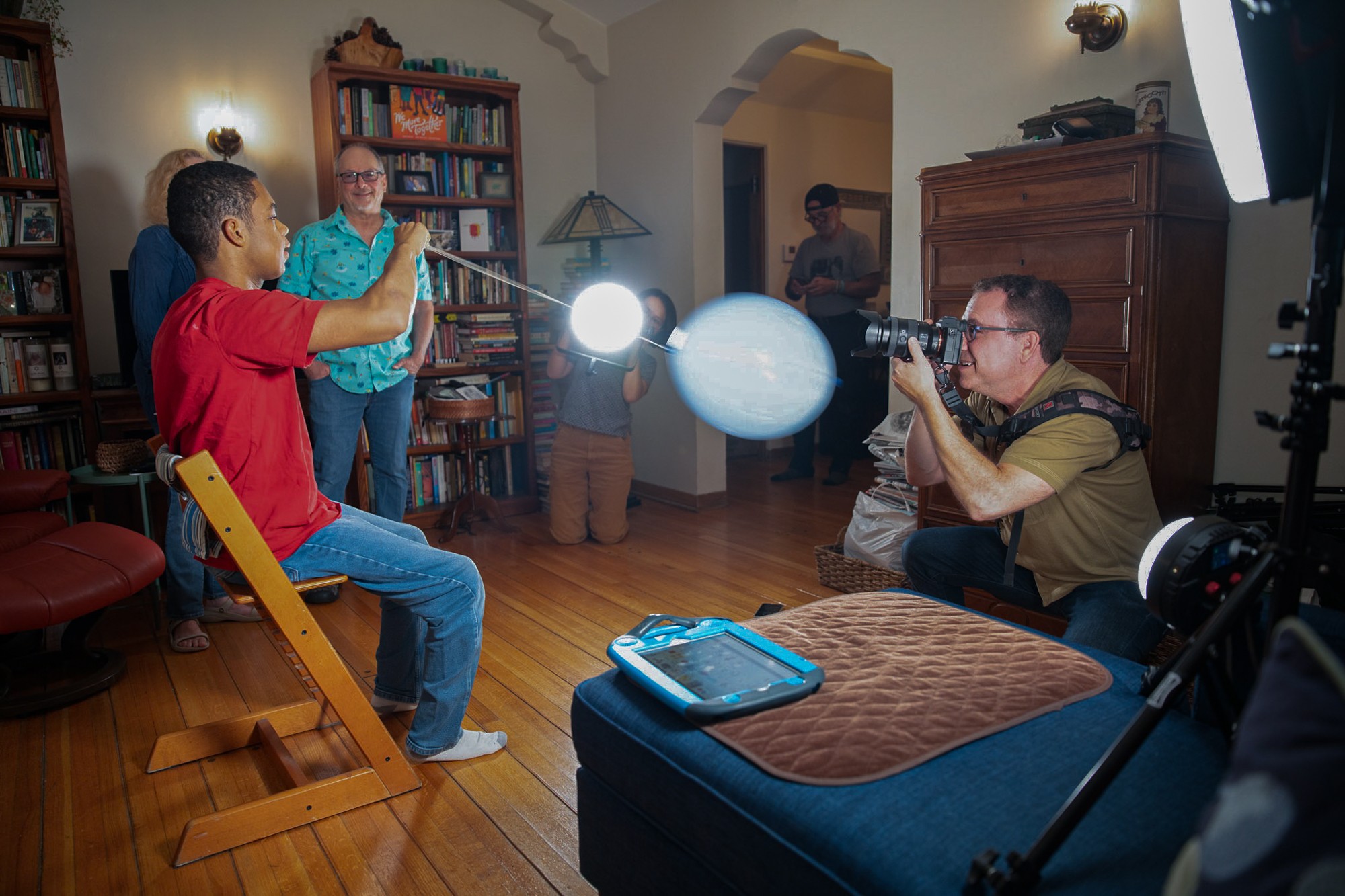
How’d you build such a strong reputation within your market?
Doing photo shoots is like an interview for new people who have never met me. They see me work with their family members with disabilities or those unrelated to them, they see how I enter their individual world, adapt to their needs, and patience. A lot of this is based in my experience as a licensed educational psychologist. I also don’t rely just on verbal directions but spend more time showing what I want visually, gently guiding them through poses, showing where to stand, telling them through a countdown or visual checklist how much longer I will be shooting, and taking plenty of breaks. During the breaks, I continue to get shots as sometimes these turn out to be the best ones! Also, I don’t require a certain look, rather, I follow the lead of the individual and how they feel most comfortable. This means, there won’t always be direct eye contact or a smile. This is fine, as no one look or pose defines a good shot. It’s about the person and creative expression, and not me. This is what differentiates me in order to photograph the disabled community. Patience and taking my time are critical. After a short shoot at a special needs prom, one of the family members told me, “You have the patience of Job.” What a complement! It just comes natural and I see challenges as opportunities to create and still provide a beautiful portrait. My background in working with the disabled community, their family members, and agencies really offered me insight into how to structure my photography sessions. I’m not perfect and don’t always have the answers, but I seek to find them and do the best I can. In the words of my dad who, at age 90 years, with dementia said, “I just try to do what’s right and good, I don’t know if it is, I just try.”
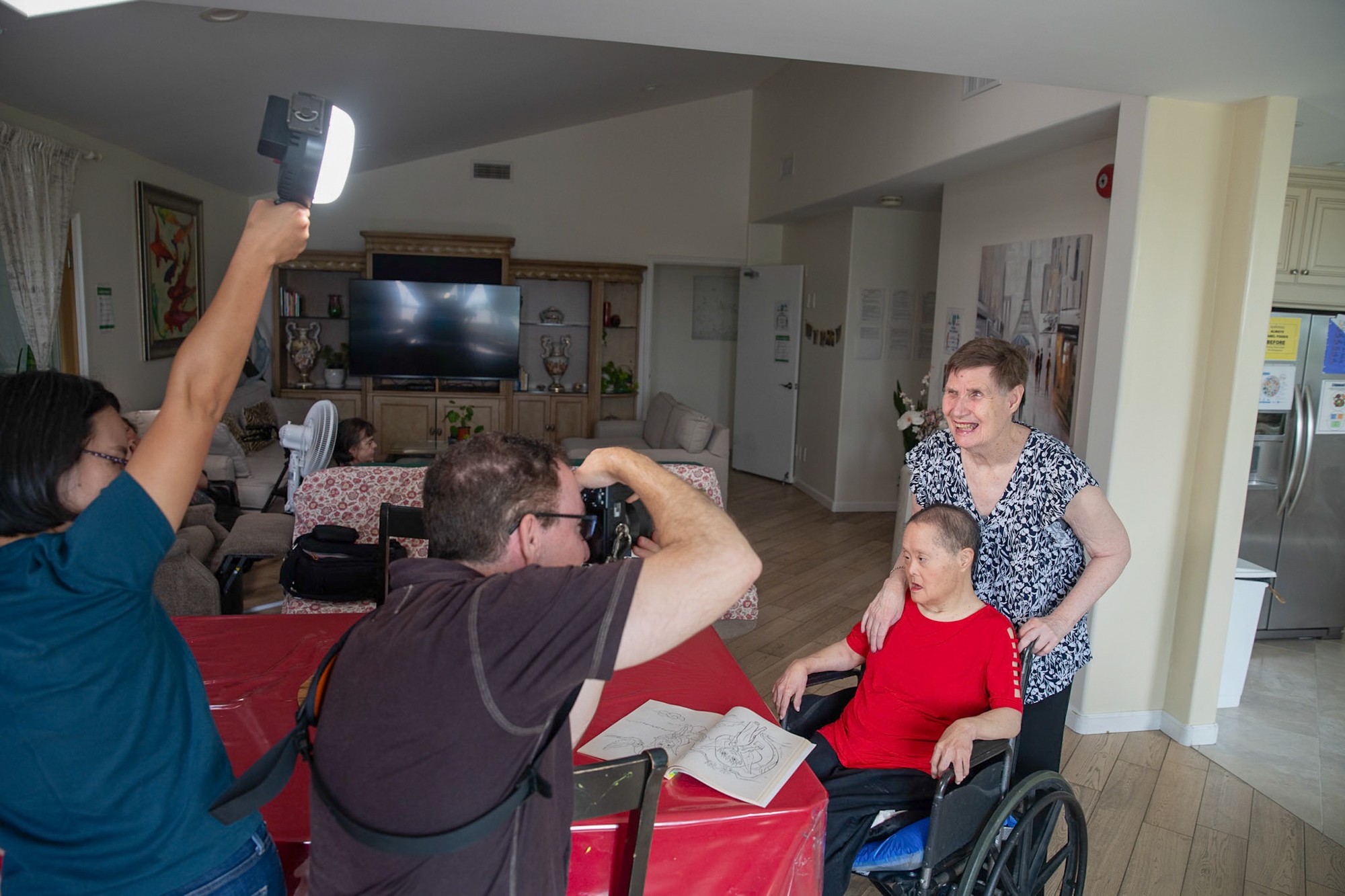
Can you tell us about what’s worked well for you in terms of growing your clientele?
As answered in the previous question regarding building my reputation led to a growing clientele. They are one of the same: specific reputation as being “that guy” to growing a clientele with the disabled community. Also, I offer 100% guarantee within reason. Being a vendor at events is also helpful so I can meet people in person and also photo sessions so people can experience my process. Then, word of mouth is golden. People don’t know what they don’t know until they experience something. What’s also been effective is turning around what sometimes has been a stressful photo session experience for families to a positive one so they can smile as they reflect back on that experience every time they look at the photo in their home. Photography is more than taking pictures, it’s an experience, which the photos solidify for generations. Photos are preserved moments in time.
Contact Info:
- Website: https://www.scottgutentag.com
- Instagram: @scottgutentag
- Facebook: @scottgutentag
- Linkedin: @scottgutentag
- Yelp: www.youtube.com/@scottgutentag6725/featured
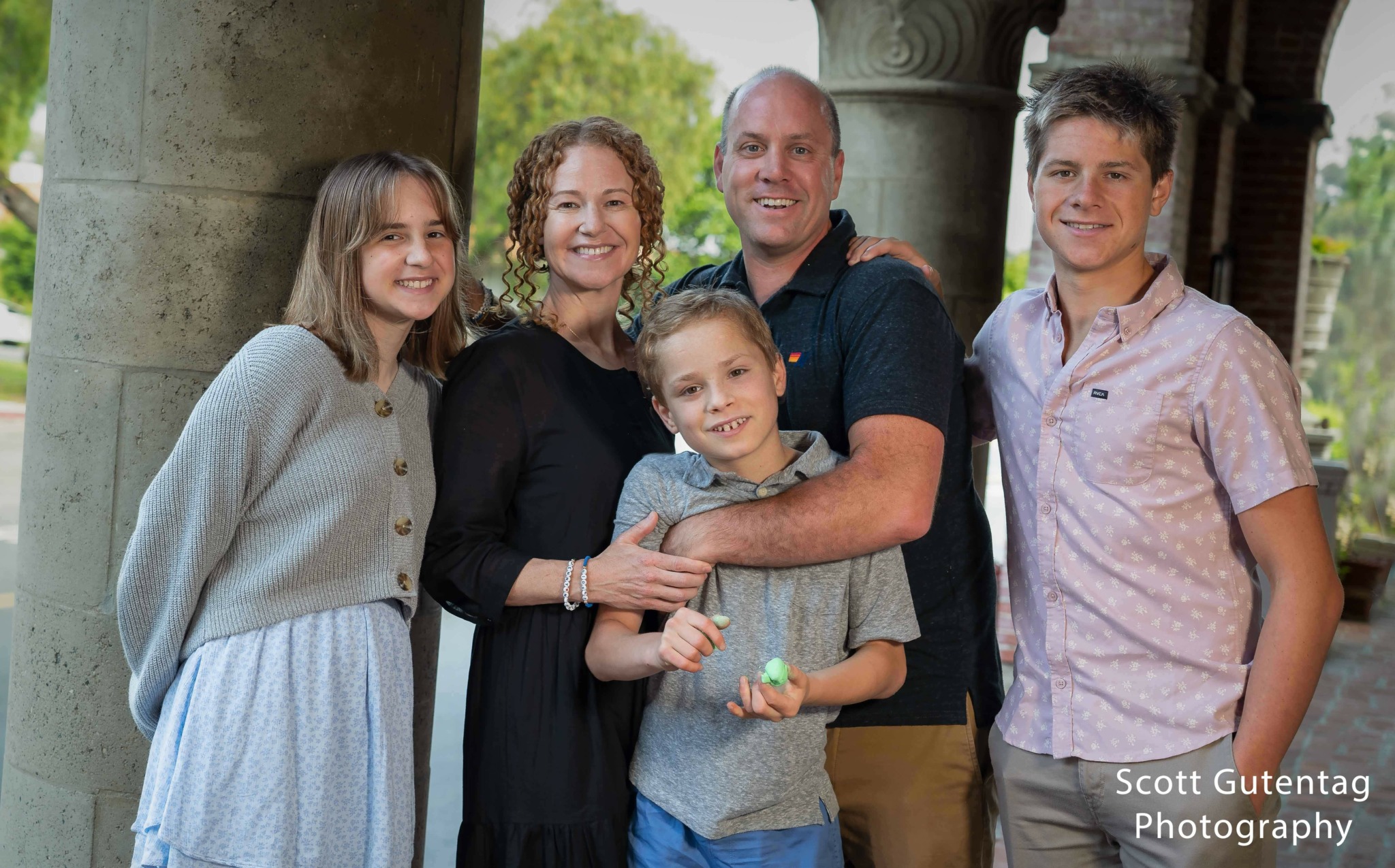
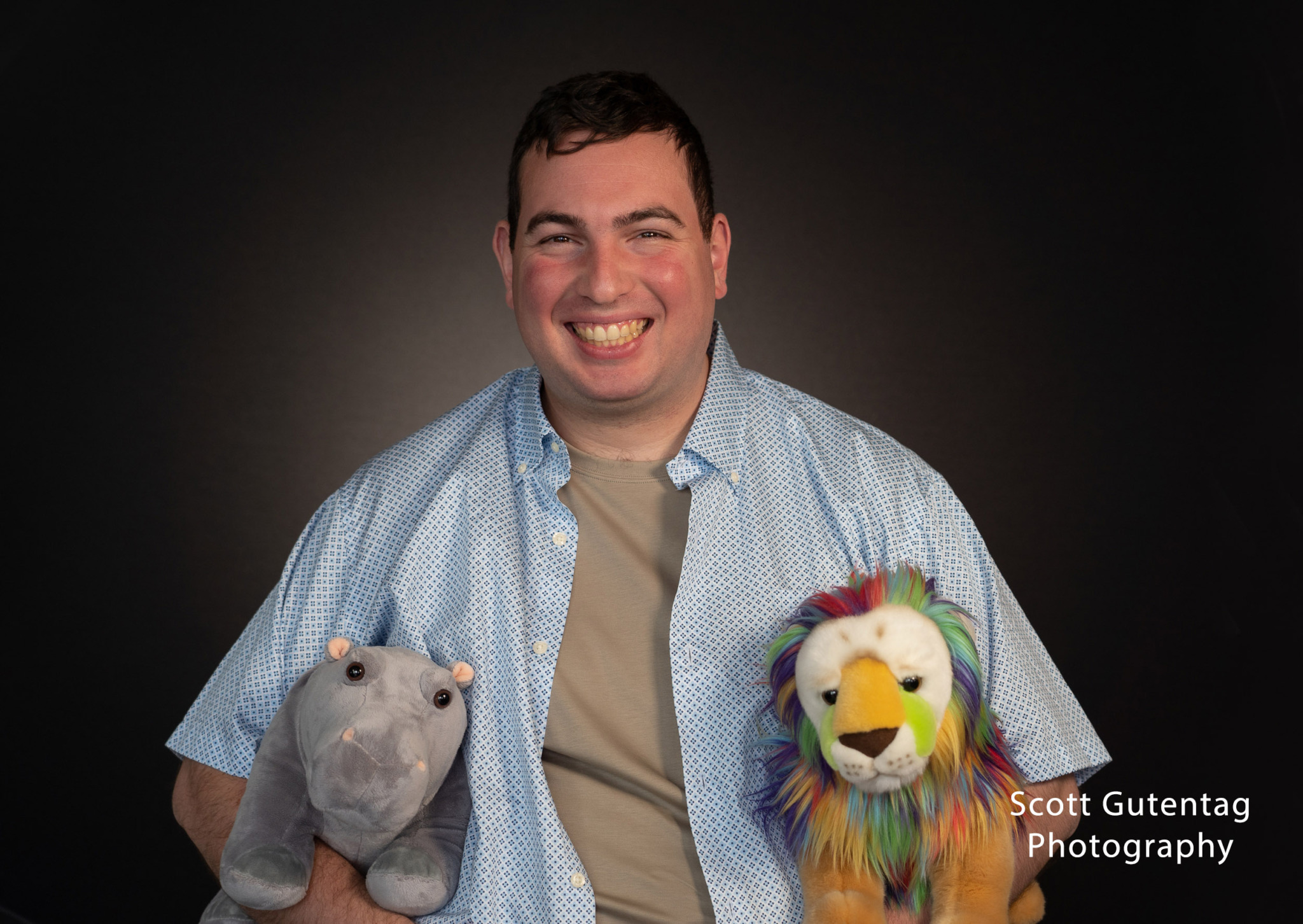
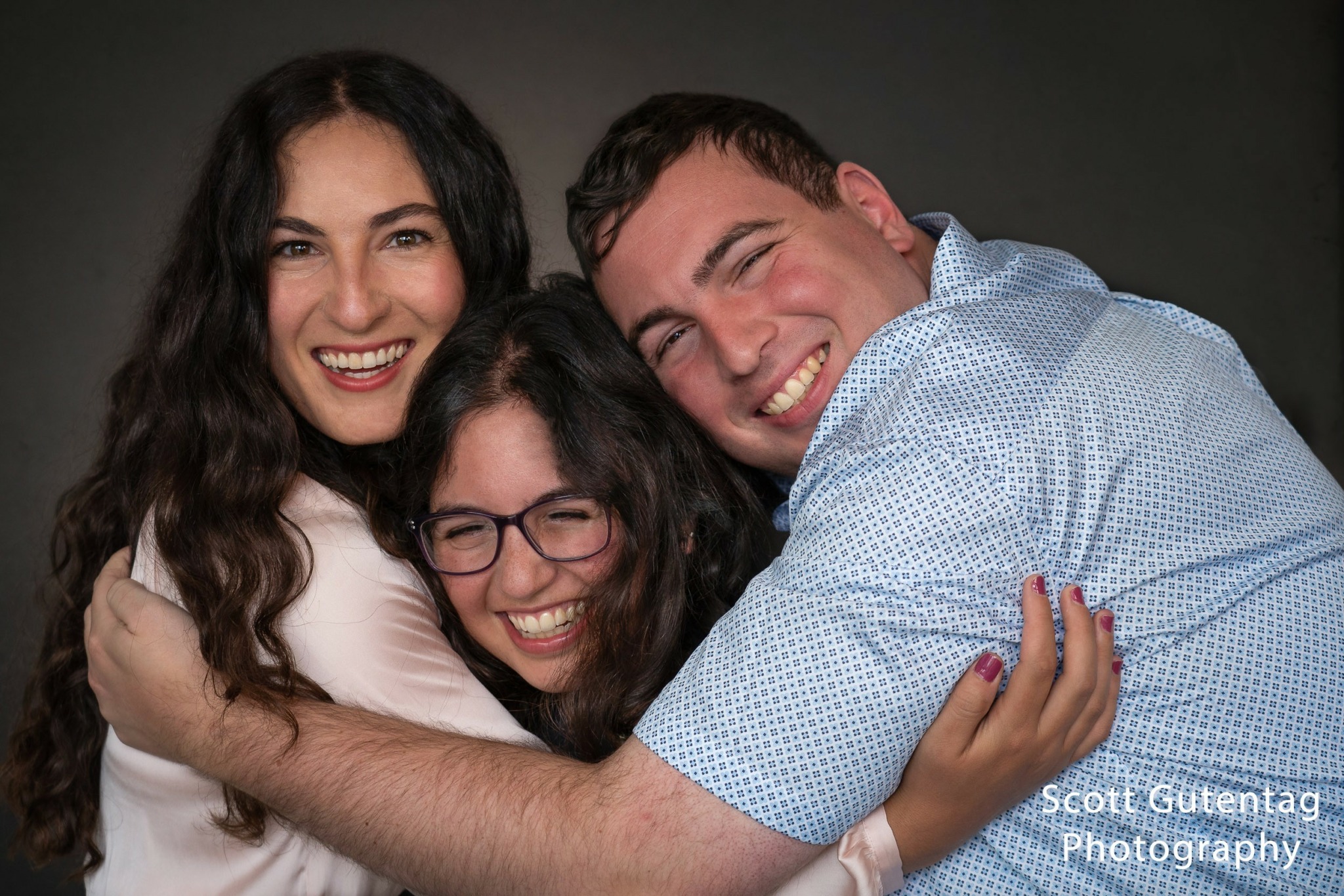
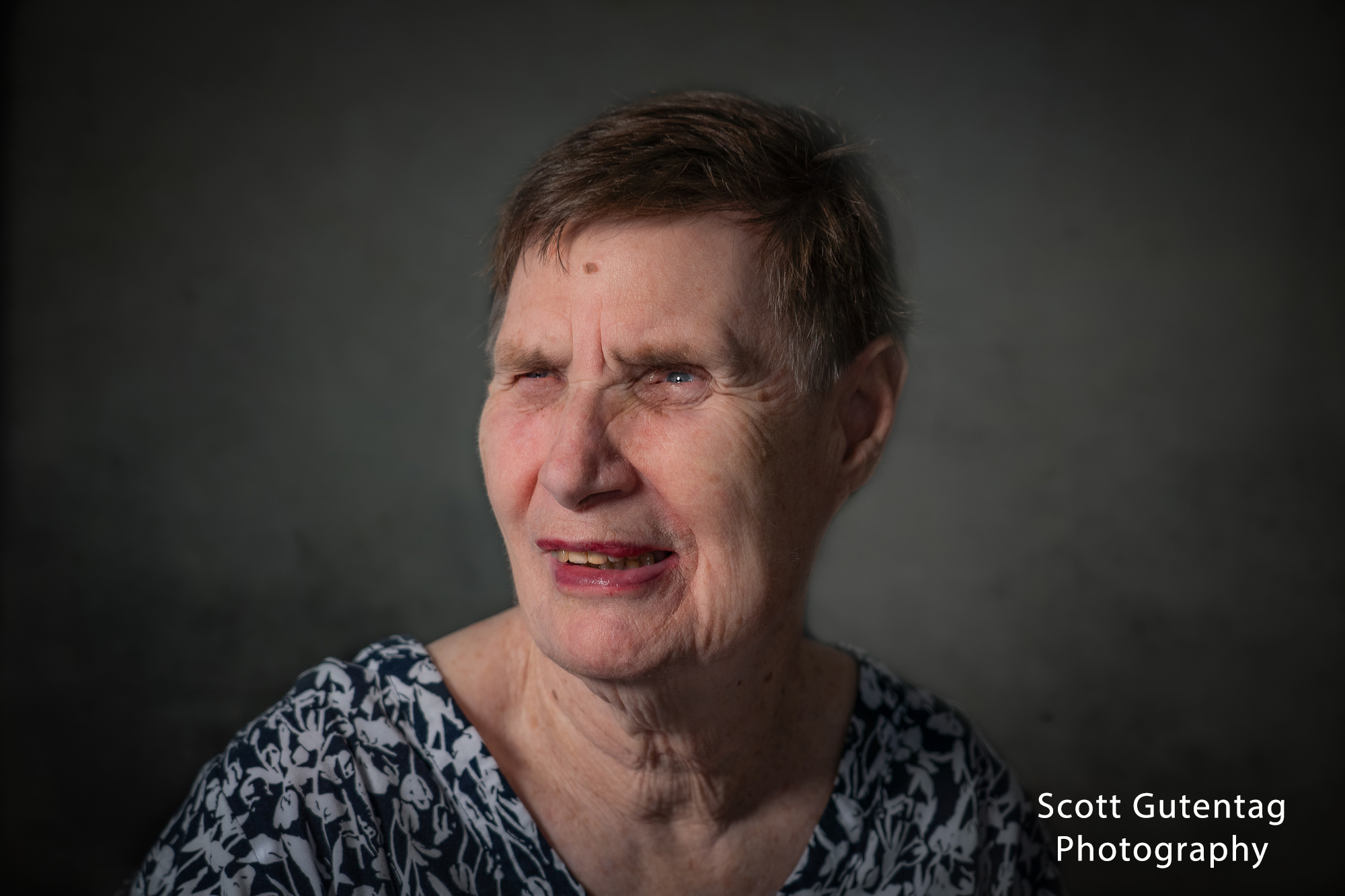


Image Credits
Astonn Hart for photos not watermarked. Final images taken by Scott Gutentag.


